Descrição
What is the Unitree R1 (Edu U3)?
The R1 is not a quadruped; it’s a robô humanoide. The “Edu U3” designation signifies that this specific model is tailored for the Educação e University Research market (“U” for University).
It’s designed to be a platform for students, researchers, and developers to experiment with and advance the fields of bipedal locomotion, artificial intelligence, computer vision, and human-robot interaction.
Key Features and Specifications
The R1 Edu U3 is packed with technology that makes it a powerful research tool.
| Feature Category | Descrição |
|---|---|
| Design & Mobility | Bipedal (two-legged) design with high flexibility. It has 40 degrees of freedom (joints motors), allowing for a wide range of motion for walking, balancing, turning, and even performing simple tasks with its arms. |
| Actuation | Uses Unitree’s proprietary M107 hydraulic actuators. These provide a high power-to-weight ratio, offering both strength and smooth, precise movement, which is crucial for stable bipedal locomotion. |
| Sensing & Vision | Equipped with a comprehensive sensor suite. |
| Poder de computação | Onboard NVIDIA Jetson Orin or similar high-performance computing module. This allows it to run complex AI and machine learning models locally without needing a constant connection to an external computer. |
| Software & SDK | Comes with a full Software Development Kit (SDK). This is critical for its educational purpose. Researchers can access low-level control APIs for gait programming, high-level APIs for navigation, and tools for simulating the robot in environments like ROS (Sistema Operacional de Robôs) e Gazebo. |
| Open-Source Nature | Unlike many commercial humanoids, the R1 Edu U3 promotes open-source development. Unitree often provides access to its core algorithms and simulation models, allowing for deep customization and collaborative advancement. |
As an “Edu” model, its purpose is foundational research and learning:
-
Bipedal Locomotion Research: The core challenge. Universities use it to develop and test new algorithms for walking, running, balancing on uneven terrain, and recovering from pushes or slips.
-
AI and Machine Learning: A perfect platform for testing reinforcement learning models where the AI “learns” how to walk and perform tasks through trial and error in simulation and reality.
-
Computer Vision: Research into object recognition, gesture recognition, semantic SLAM (Simultaneous Localization and Mapping), and person following.
-
Human-Robot Interaction (HRI): Developing intuitive ways for humans to communicate with robots, such as through voice commands, gestures, or touch.
-
Grasping and Manipulation: While its primary focus is mobility, its arms can be used for research into manipulating objects in the environment.
Summary
The Unitree Robotics R1 (Edu U3) is a cutting-edge, open-platform humanoid robot designed specifically for academia. It provides researchers and students with the powerful hardware and software tools needed to tackle the biggest challenges in robotics today, particularly in mastering bipedal locomotion and intelligent behavior in human-centric environments.
If you are considering it for a lab or university project, you should evaluate it based on:
- The provided SDK and API documentation.
- Simulation support (ROS/Gazebo).
- The active community and support from Unitree for researchers.
- The specific sensor and compute configuration offered in the U1 package.
IN THE BOX
- 1x Unitree R1 EDU U3
- 1x Smart battery (quick assembly)
- 1x Remote Control
- 1x Charger
- Robot Transport Case
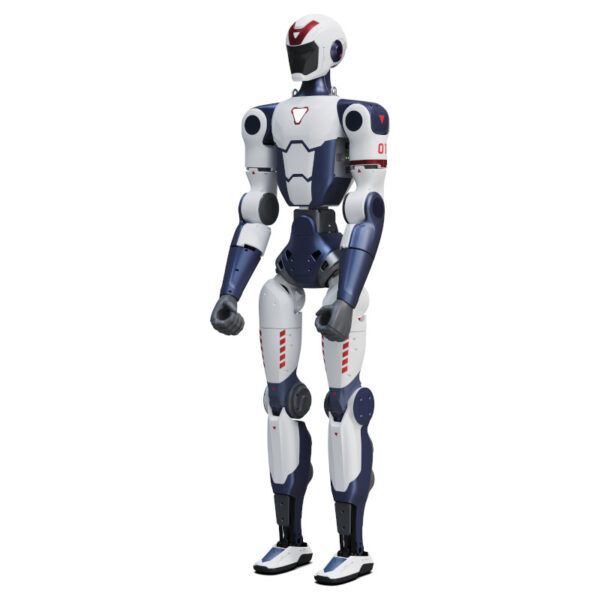
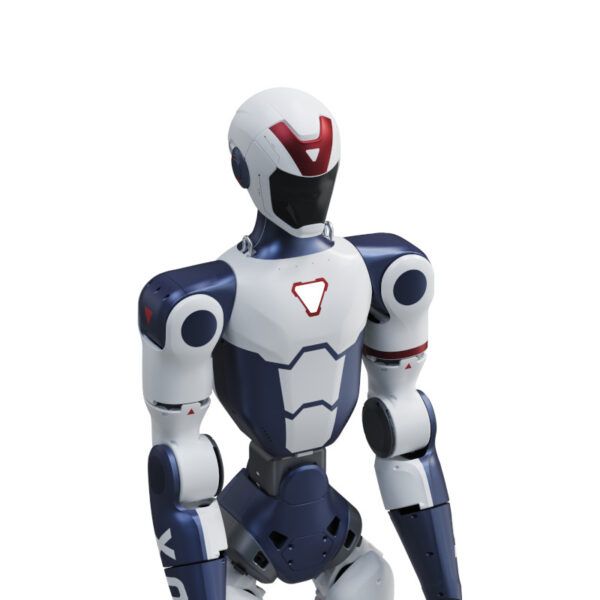
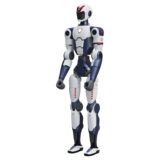


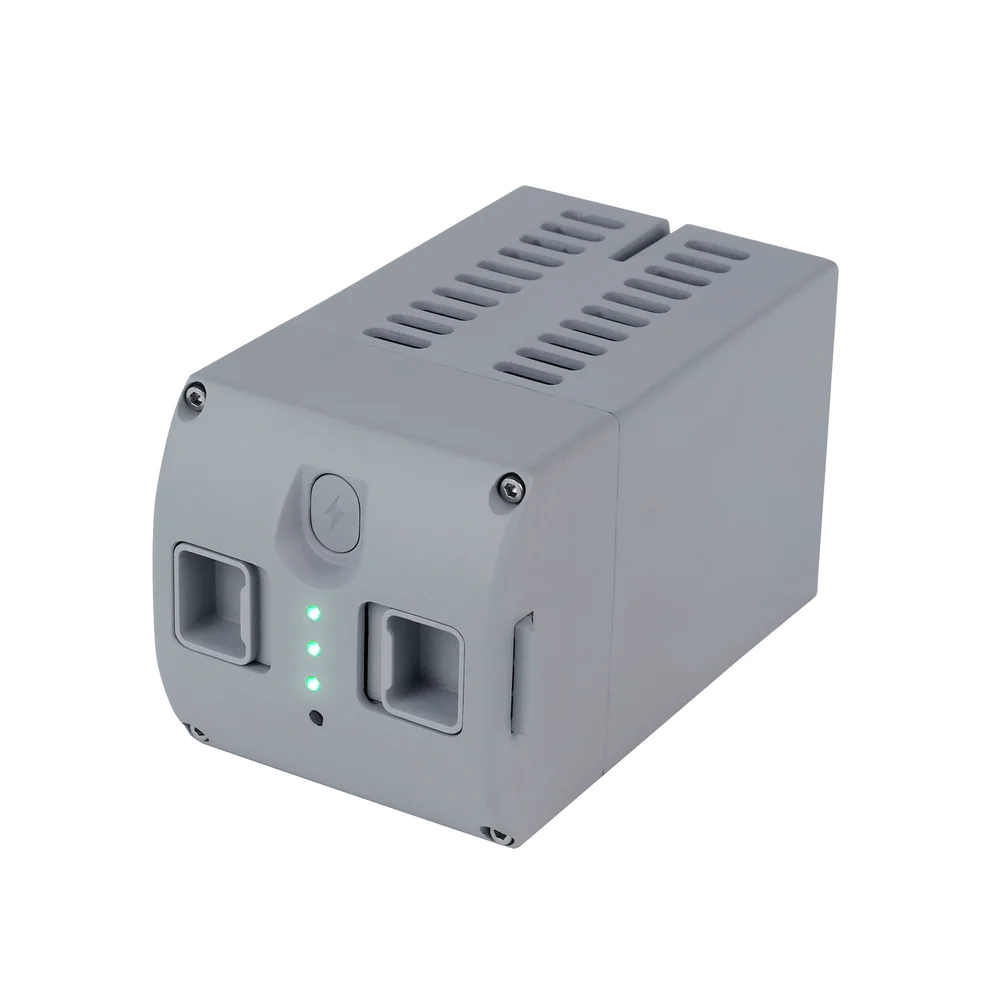
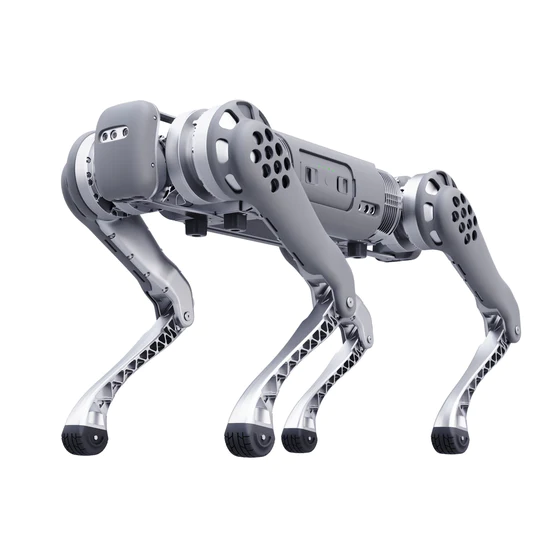
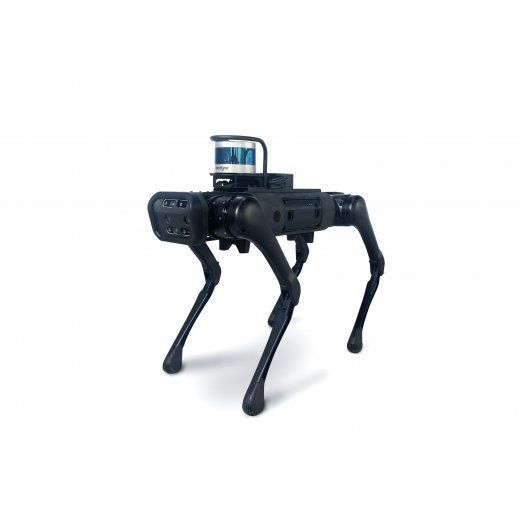
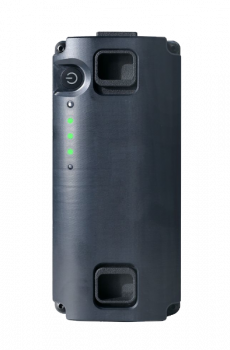
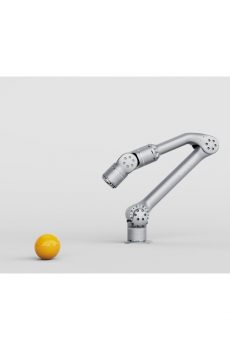




Avaliações
Ainda não existem avaliações.